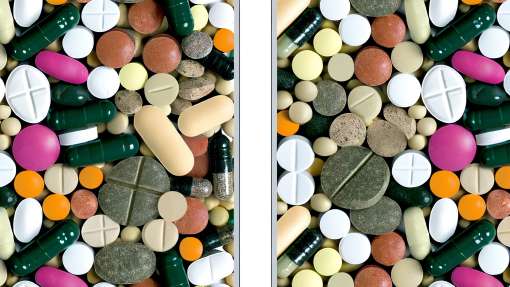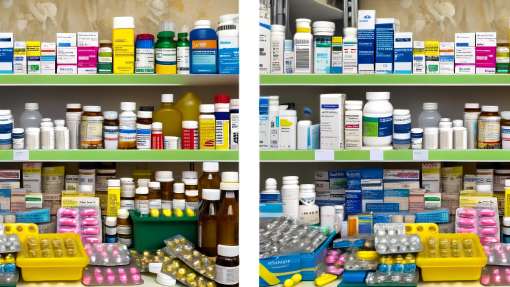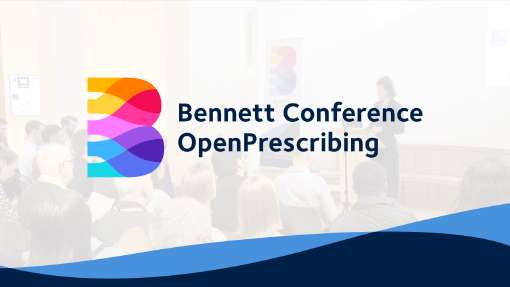Drug shortages and "Price Concessions" - how much is it costing the NHS?
- Authors:
-
Posted:
- Categories:
There has been an interesting and concerning story in The Times today regarding shortages on a number of commonly-used medicines and a corresponding increase in the costs.
Here at OpenPrescribing we have been taking a look at these data as well, and trying to estimate to the cost to the NHS this year.
As the Times article suggested, the excess costs are now hitting £50m per month, with £175m extra spent in primary care by September:
Where is this happening?
This is happening all over the country. As most of these drugs are commonly used, CCGs are likely to be affected equally, and therefore big CCGs, such as NEW Devon and Cambridgeshire & Peterborough have the biggest excess costs. The top 20 affected CCGs are:
| CCG | Excess costs (April-September 2017) |
|---|---|
| NHS NORTHERN, EASTERN AND WESTERN DEVON CCG | £3,107,829 |
| NHS CAMBRIDGESHIRE AND PETERBOROUGH CCG | £2,578,054 |
| NHS DORSET CCG | £2,538,271 |
| NHS LIVERPOOL CCG | £2,429,095 |
| NHS NENE CCG | £2,285,420 |
| NHS BIRMINGHAM CROSSCITY CCG | £2,238,652 |
| NHS MANCHESTER CCG | £2,207,458 |
| NHS GLOUCESTERSHIRE CCG | £2,002,603 |
| NHS OXFORDSHIRE CCG | £1,917,796 |
| NHS NEWCASTLE GATESHEAD CCG | £1,790,576 |
| NHS SHEFFIELD CCG | £1,774,936 |
| NHS COASTAL WEST SUSSEX CCG | £1,772,899 |
| NHS SOUTHERN DERBYSHIRE CCG | £1,762,552 |
| NHS SANDWELL AND WEST BIRMINGHAM CCG | £1,742,432 |
| NHS KERNOW CCG | £1,731,527 |
| NHS SOMERSET CCG | £1,703,823 |
| NHS WEST HAMPSHIRE CCG | £1,672,968 |
| NHS HERTS VALLEYS CCG | £1,643,472 |
| NHS COVENTRY AND RUGBY CCG | £1,590,756 |
| NHS EAST AND NORTH HERTFORDSHIRE CCG | £1,570,427 |
What drugs have had the biggest impact on cost?
The biggest cost impact between April and September 2017 was sumatriptan, a medicine used to treat migraines. In April 2017, before the stock shortages, a pack of six tablets cost about £1.35. This rose to £31.85 in June. Overall, the increase in costs has cost the NHS an additional £17.4 million between April and September.
The 20 drugs that have had the highest increases in cost since April are:
| Presentation | Excess Cost |
|---|---|
| Sumatriptan 50mg tablets | £17,418,879 |
| Olanzapine 10mg tablets | £12,853,700 |
| Gabapentin 300mg capsules | £9,325,831 |
| Quetiapine 100mg tablets | £9,137,526 |
| Quetiapine 25mg tablets | £8,912,723 |
| Mefenamic acid 500mg tablets | £8,758,719 |
| Levetiracetam 500mg tablets | £8,720,187 |
| Sumatriptan 100mg tablets | £6,256,685 |
| Quetiapine 200mg tablets | £6,195,682 |
| Olanzapine 5mg tablets | £5,998,957 |
| Olanzapine 20mg tablets | £5,906,217 |
| Levetiracetam 1g tablets | £5,706,337 |
| Quetiapine 300mg tablets | £5,686,717 |
| Amlodipine 5mg tablets | £4,377,306 |
| Terbinafine 250mg tablets | £3,951,535 |
| Betahistine 16mg tablets | £3,591,791 |
| Sodium cromoglicate 2% eye drops | £3,516,736 |
| Olanzapine 15mg tablets | £3,486,081 |
| Levetiracetam 250mg tablets | £3,426,838 |
| Amlodipine 10mg tablets | £3,049,626 |
Is it getting better or worse?
The short answer is, we don’t know. Although we only have prescribing data up until September 2017, we’ve estimated the costs for October by mapping September’s prescribing data to the October “price concessions” list. This has increased to 84 lines, including common drugs such as amlodipine for blood pressure (27.3million prescriptions in last 12 months) and citalopram for anxiety and depression (14.3million prescriptions in last 12 months). Our estimate is that the excess cost for October will be £56 million, putting the total increase in costs so far since April 2017 at £233 million.
For prescriptions dispensed in November, the situation is more confused. The Pharmaceutical Services Negotiating Committee (PSNC) have requested price concessions for 97 items (the highest yet). However, as of today (7th December) the Department of Health have only granted 38 of these. This has led to the strange situation where community pharmacists don’t yet know what they will be reimbursed for the drugs they have purchased and supplied to patients last month.
Why has it happened?
It’s not clear. There have been various reasons discussed, including Brexit, stock shortages, and suggestions that wholesalers have been holding back stock. What’s certain is that the partial removal of manufacturing authorisations from Bristol Laboratories and Dr Reddy’s manufacturing plants hasn’t helped.
What happens when drugs are no longer in short supply?
Often when a price concession no longer applies the price returns to what it was before the shortage. But increasingly this is not the case, and the “Drug Tariff” price increases to near the “price concession” value. For example, olanzapine 10mg tablets, an anti-psychotic, which has increased from £1.09 to £21.95 a pack. If this price stays the same, the NHS will spend about £27 million per year on all generic olanzapine tablets, compared with about £2m last year.
Ropinirole 2mg tablets, used to treat Parkinson’s Disease, was £2.66 a pack. It is no longer listed as a price concession, but its pack per price has increased to £16.37.
We’ve been working on a Drug Tariff viewer (which the images above are from), which will allow users to see graphs of cost trends on any drug listed in the tariff. Check the blog, our Facebook page or Twitter in the next few days to see when it’s available. (EDIT 11th December: the Drug Tariff viewer is now available. Read more about it here.)
We are also working on further analyses to help CCGs and pharmacists identify and understand this issue better.








